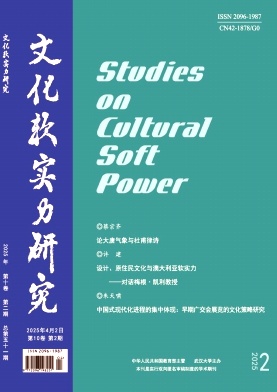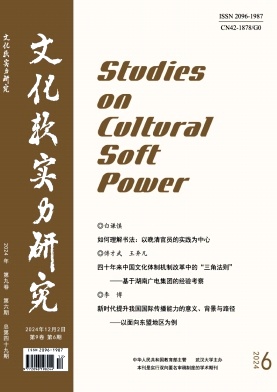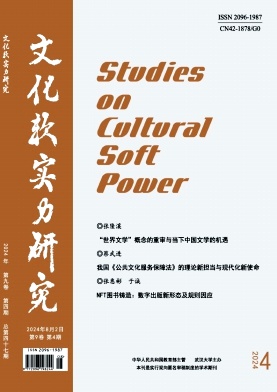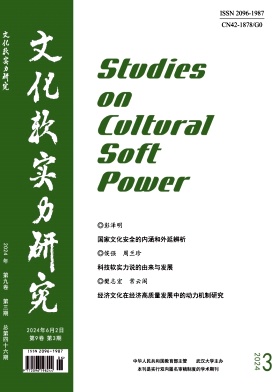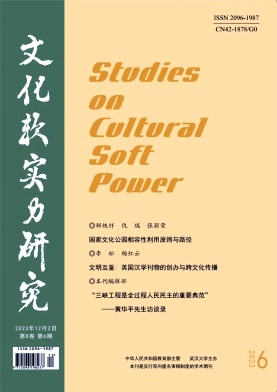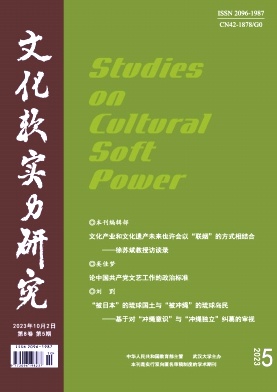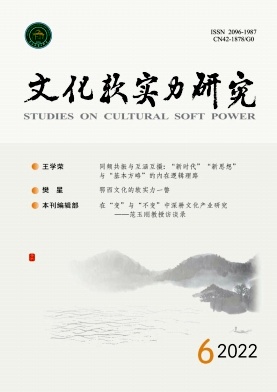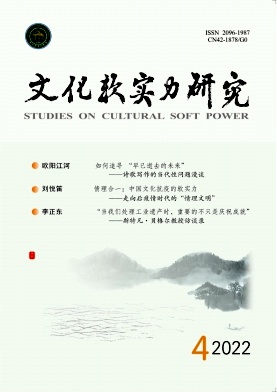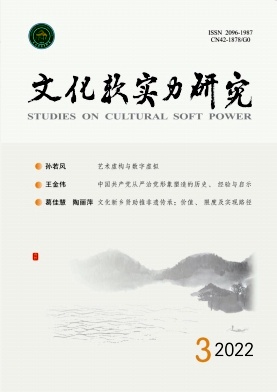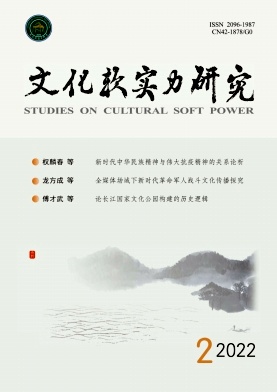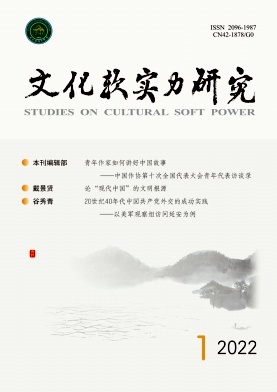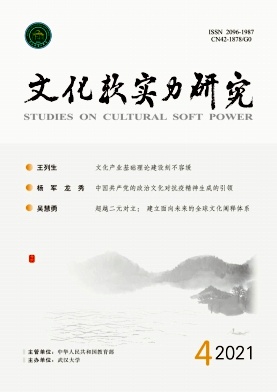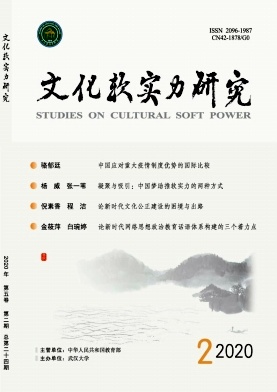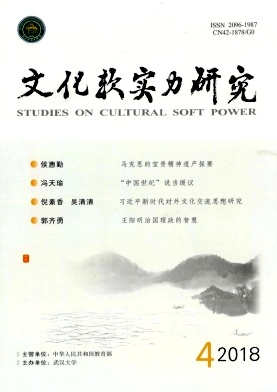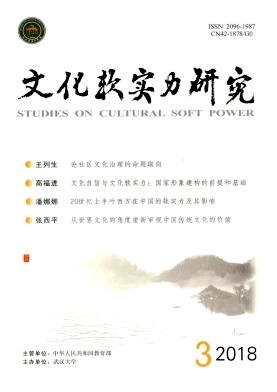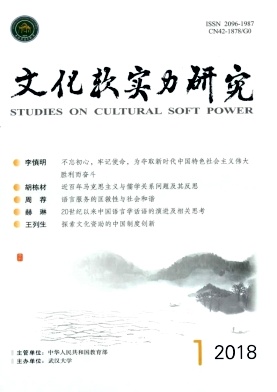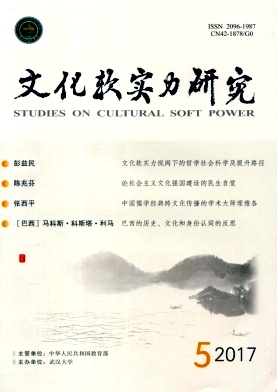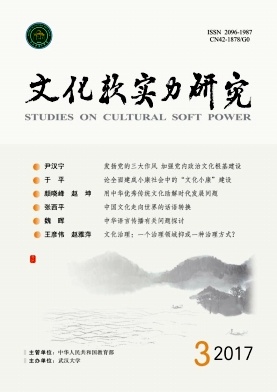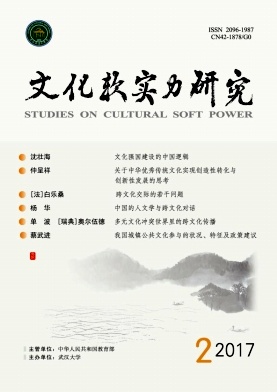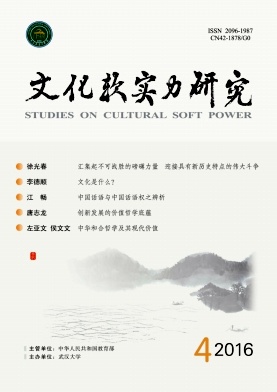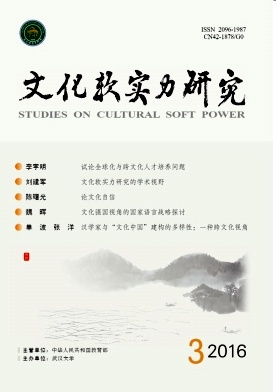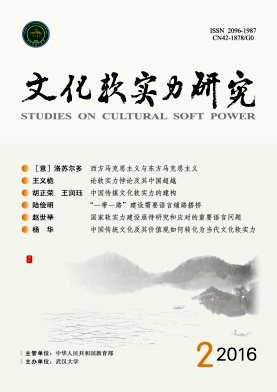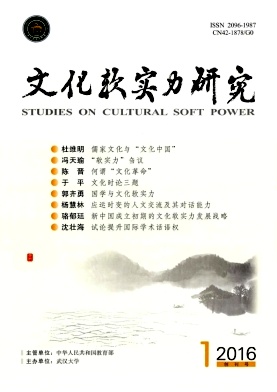Public Cultural Service System from the Perspective of Chinese Path to Modernization: Construction Process and High-Quality Development
Xie Shengli;Cultural modernization is an important topic of Chinese path to modernization. Since its founding, the CPC has taken the rejuvenation of Chinese culture as its own responsibility. After the founding of New China, its leadership has established a comprehensive cultural system. After the reform and opening up, it has actively promoted the reform of cultural undertakings, which formed a separate cultural system. As socialism with Chinese characteristics has entered a new era, the CPC has coordinated the development of cultural undertakings with the construction of a public cultural service system, thus forming a cultural modernization process that is both continuous and innovative. The rich connotation of Chinese path to modernization provides value and direction guidance for the development of public cultural service system. As an important carrier to promote the revival of Chinese culture, high-quality public cultural service system will also provide cultural nourishment and spiritual support for Chinese path to modernization. Reforming institutional mechanisms to promote efficient, balanced, integrated, and innovation driven development is an effective path to building a more dynamic, fair, and sustainable high-quality public cultural service system.
Typical Narratives and Atypical Narratives: A Discussion on Cultural Product Types from the Perspective of Narratology
Xu Wang;JiangSu Provincial Academy of Culture and Arts;The history of narrative art is as long as the history of mankind. All materials and all means can be used for narrative. Narration is an important way to produce human cultural products, and story is an important content of human cultural products. Based on the perspective of narratology, cultural products can be divided into two categories : narrative and non-narrative. The former provides typical text narration, which has been influenced by classical narratology. Literature, folk art, drama, film and television are generally in contact with people's daily cultural consumption. The latter provides atypical post-text narrative, and post-classical narratology provides theoretical support for its entry into the field of narrative art. People's daily cultural consumption is generally in contact with exhibitions, cultural and creative products, tourism products, etc.
The Legal Regulatory Path of Antique Trading from the Perspective of the Amendment of the Cultural Relics Protection Law
Pei Liping;Zhu Chuanshu;Antiques are historical relics owned by individuals with collection and investment value. Under the old mindest of classifying traditional antique business as culture relics, the management model for private collection of cultural relics in China, centered on the Cultural Relics Protection Law, covers the legal norms for antiques. Because the accuracy and reliability of cultural relics appraisal are doubtful, it is the legitimate and rational will of the owner not to choose the appraisal, which leads to the failure of the original intention of regulating the antique trade with the mandatory provisions of the folk collection of cultural relics in the Cultural Relics Protection Law. The authenticity and price uncertainty of antiques, as inherent risks of transactions, are the reasons for the formation of special trade rules of “selling leakage” and “hitting holes”. The antique trade can survive only by excluding rules of trading through industry norms. Art sales and auction market is an important antique trading place in China, during which the trade rules of antiques effectively realize the legal norms of antique trading with the help of standard clauses. This approach and the judge's discretion to interpret the trade rules as another way to apply the trade habits, has become an effective way to give priority to the application of antique trade rules in judicial practice. Establishing a corres ponding and filing system is the right direction for supervision to prevent the damage and loss of precious cultural relics in the antique market.
The Generative Logic and Practical Path of Rural Governance Community
Yang Huilin;Wu Jiang;As a theoretical innovation and practical achievement of Chinese modernisation, the construction of rural governance community is a “Chinese answer” to the contemporary issue of “good rural governance”. Under the multiple support of theory, policy and practical needs, rural governance community has become an important carrier to promote rural revitalisation. In the new era, attention should be paid to the weakening of the main body and the shortage of talents, the weak foundation and the crisis of the survival of traditional culture in the construction of the rural governance community, so as to continuously improve the effectiveness of the main body of rural governance, perfect the construction of the rural infrastructure and reshape the rural culture and governance ecology, thus promote the construction of the rural governance community and the realisation of the goals of rural governance.
The Historical Aesthetics and Contemporary Narrative of Chinese Civilization: Focusing on the “Glamour of the Tang Dynasty”
Zhong Sheng;Chinese civilization has outstanding continuity and inherently contains a humanistic spirit that attaches great importance to history, forming the historical aesthetic tradition of Chinese civilization. The “Glamour of the Tang Dynasty” is a spiritual image of the times rooted in the history, culture, and aesthetics of the Tang Dynasty and showing the historical peak of Chinese civilization. In recent years, with the continuous demonstration of cultural confidence, the “Glamour of the Tang Dynasty” has become an important theme for China's contemporary narrative of traditional culture with its profound historical and cultural heritage, which is concentrated in the creation of literary and artistic masterpieces, the reconstruction of cultural space and the development of cultural tourism. The contemporary narrative expression of the “Glamour of the Tang Dynasty” in the new era is essentially a transformation and spiritual integration of the historical aesthetics of Chinese civilization and the contemporary “Glamour of a Great Power”,forming a cross-time and space echo between history and contemporary times. In the historical journey of the great rejuvenation of the Chinese nation, we must creatively inherit and carry forward the historical aesthetic tradition of Chinese civilization, fully demonstrate the contemporary value of the long-standing Chinese culture, and develop the contemporary narrative of the Chinese historical culture in inheritance and innovation.
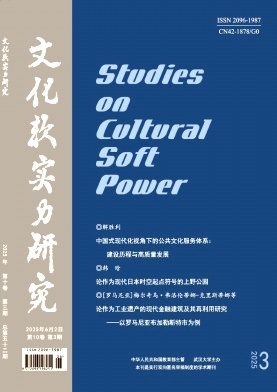
Tracking the information about your manuscript
Communicate with the editorial office
Query manuscript payment status Edit officeCollecting, editing, reviewing and other affairs offices
Managing manuscripts
Managing author information and external review Expert Information Expert officeOnline Review
Online Communication with the Editorial Department
